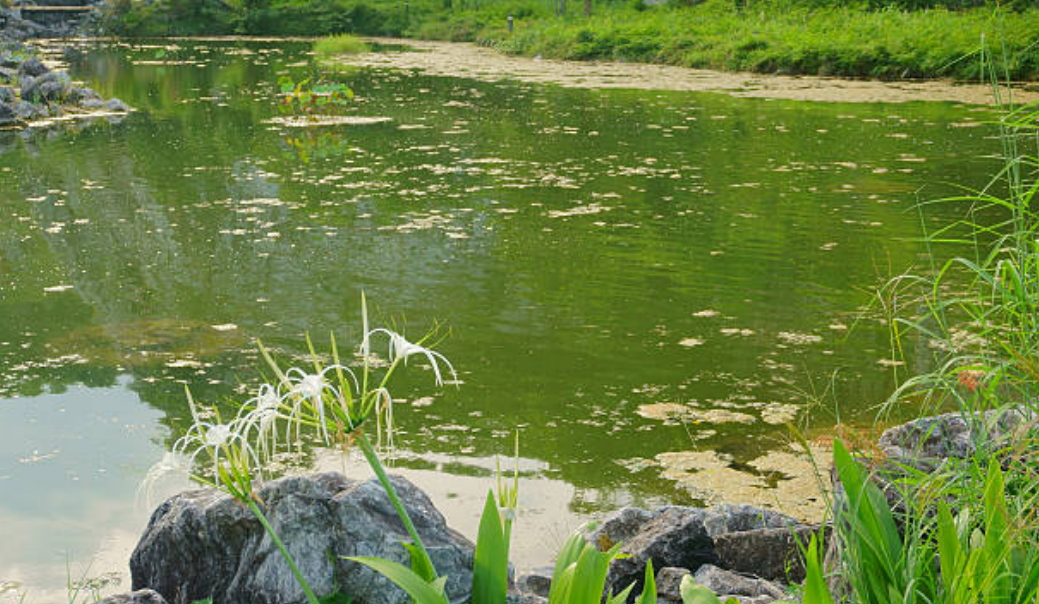4 Ways How to Tackle Soil Erosion Problems and Solutions
- Written by NewsServices.com

Soil erosion is a natural process that can have devastating consequences for the environment if left unchecked. It occurs when the top layer of soil is carried away by the wind, water, or other natural forces. This can lead to a degradation of the soil’s quality and fertility, leading to a decrease in the amount of nutrients available for plants to grow. The result is a decrease in crop yield and a decrease in soil productivity. Soil erosion is also responsible for the creation of gullies and other landforms that can be damaging to the environment as a whole. As the soil erodes, it can fill up streams and rivers, causing flooding. It can also lead to the destruction of habitats and ecosystems.
Soil erosion is a major environmental issue that can have serious consequences if left unchecked. Fortunately, there are a number of ways to address soil erosion and help keep the environment healthy. Below are four effective soil erosion solutions:
- Preventive Measures Such as Crop Rotation and Terracing
Preventive measures such as crop rotation and terracing are the key to tackling soil erosion issues and finding effective solutions. Crop rotation involves alternating the crops that are grown in a particular area, allowing the soil to have time to recover before being used again. It’s a great way to preserve natural resources and avoid overworking the soil. Terracing is also a great way to combat soil erosion. This involves creating a series of steps or walls that help slow down the water runoff and keep the soil in place. Both of these techniques are incredibly effective in helping to reduce soil erosion and can be implemented in many different areas. With the right methods in place, soil erosion can be effectively managed, and solutions can be found.
- Increasing The Organic Content of Soil Through Composting
The process of composting involves breaking down organic materials, such as food scraps, grass clippings, and leaves, with the help of various organisms, such as bacteria and fungi. When this process is completed, the resulting compost is full of vital nutrients and minerals, which can help improve soil structure, promote drainage, and increase the number of beneficial microorganisms in the soil.
- Using Cover Crops to Protect the Soil from Wind and Water Erosion
Cover crops are densely packed plants that are planted into the soil to protect it from the elements, such as wind and water. The idea is that the cover crops act as a barrier, protecting the soil below and preventing it from being blown away or washed away by rains. Not only do they protect the soil from eroding, but they also bring a plethora of other benefits to the land. Cover crops can help improve soil fertility, reduce weed growth, and even help with water retention.
- Creating Obstacles Such as Buffer Strips, Windbreaks, and Stone Walls
One of the most effective ways to tackle soil erosion issues and find effective solutions is to create obstacles, such as buffer strips, windbreaks, and stone walls. Buffer strips are a great way to protect the soil from wind and water erosion, as they act as a protective barrier that directs water away from the soil. Windbreaks are another great way to prevent soil erosion, as they break up the wind and reduce the speed of the wind, which helps to protect the soil from becoming eroded. Stone walls are also a great way to stop soil erosion. They help to retain soil and prevent it from flowing away and becoming eroded. All of these obstacles can help to improve soil health and reduce the rate of soil erosion in an area.



